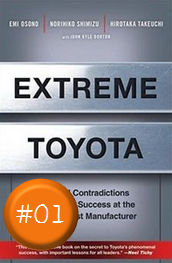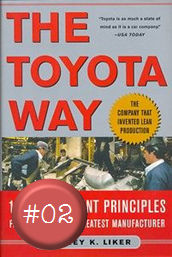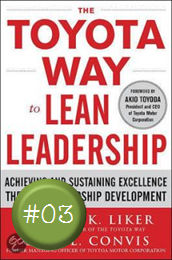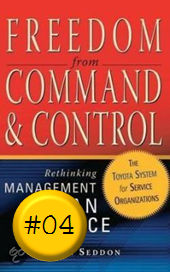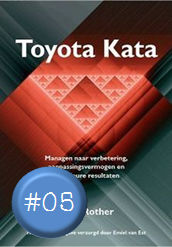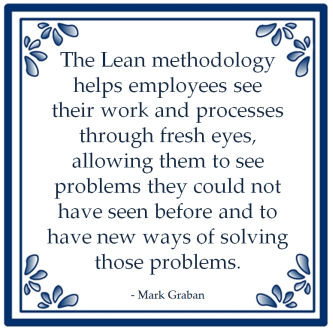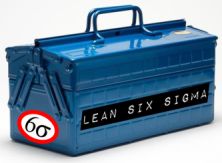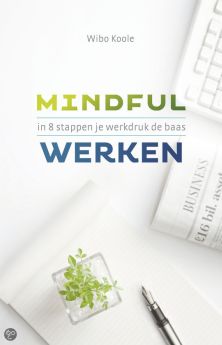
Harold D. Stolovitch en Erica J. Keeps beschrijven in het boek Know-How - The Definitive Book on Skill and Knowledge Transfer for Occasional Trainers, Experts, Coaches, and Anyone Helping Others Learn vier ingrediënten die bepalend zijn voor het leveren van goede prestaties:
![]()
Let's examine the ingredients that go into the application of capability to perform, especially of anything new:
(1) Skill
[T]he ability to do something. The skilled person owns this skill, which can take many forms: o physical (dance the tango, hit a target using a bow and arrow, or type 100 words a minute) o verbal (recite a lengthy poem, spell complicated words, or accurately describe the actions and recite players' names during a fast-moving soccer match) o analytical (diagnose a noisy car engine, solve a mathematical problem, select the best strategy for achieving a goal) o artistic (walk a tightrope, sing an operatic aria, or paint a lush landscape).
(2) Competency
[A]bility that is required for a job, such as suturing a wound, baking a sourdough baguette, or providing accurate and complete directions to a tourist. You always begin with the job to define required competencies. You assess people to identify their relevant skills. You then seek to match a person's skills with job competency requirements. If you cannot perfectly match these, you find those with similar skill sets and suitable characteristics, and then train them to meet the needed competency standards.
(3) Performance
[T]he outcome of doing a task that leads to an accomplishment. (For example, slicing a bagel = doing. Slicing a bagel into two equal halves with smooth surfaces and no injuries = performance.) A person needs competency to perform. In the know-how transfer process, acquisition of performance capability is targeted, and the novice learner becomes equipped to perform.
(4) Motivation
[A] person's internal state, which drives them to engage, act, and persist at doing something. (For example, run a marathon, help a person in trouble, memorize the elements of the periodic table, or convert a customer service request into a successful add-on sale.) Without motivation, while know-how transfer may be present, it is inert because the learner lacks the propelling motivational component to push for application of what they have acquired.







